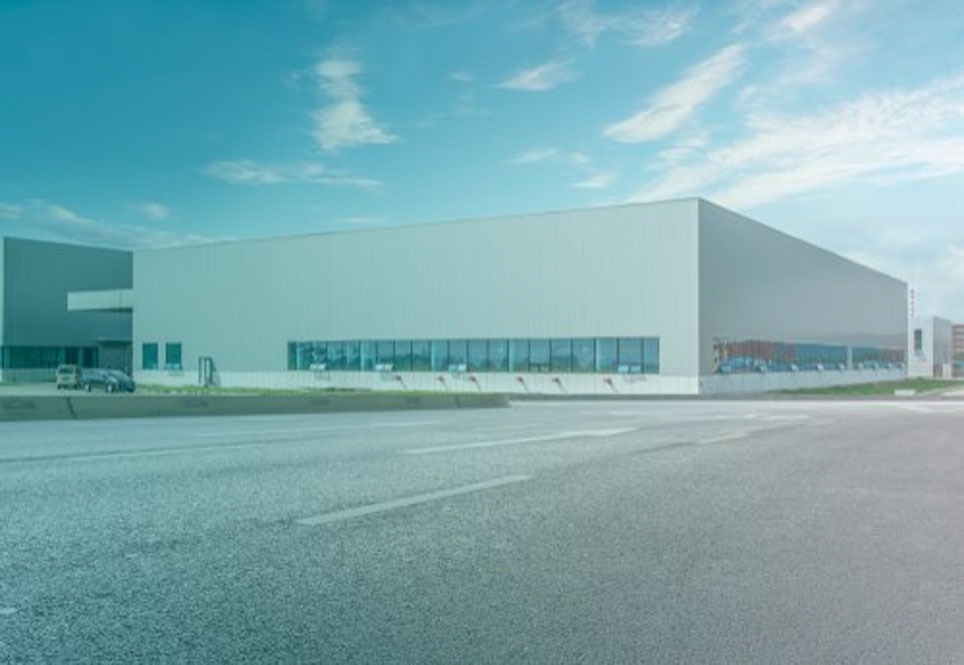Building in Harmony: Exploring the Principles and Practices of Construction Vastu
.
In the realm of construction, where the act of building shapes the physical landscape and influences the lives of inhabitants, the ancient wisdom of Vastu Shastra offers profound insights into creating structures that resonate with harmony, balance, and prosperity. Construction Vastu, a fundamental aspect of Vastu Shastra, guides the process of building from inception to completion, ensuring that structures are aligned with the natural energies of the cosmos. In this article, we embark on a journey to explore the essence of Construction Vastu, its principles, applications, and transformative potential in creating buildings that nurture the body, mind, and soul.
Understanding the Foundations of Construction Vastu
Construction Vastu, also known as Bhavana Vastu, recognizes the profound impact of buildings on the well-being and prosperity of their occupants. At its core, Construction Vastu emphasizes the harmonious integration of architectural design, construction techniques, and spiritual principles to create structures that support human flourishing. Drawing upon the wisdom of ancient texts and traditions, Construction Vastu offers guidelines for every stage of the building process, from site selection to occupancy.
Principles of Construction Vastu
Central to Construction Vastu are a set of principles and guidelines that govern the design, construction, and orientation of buildings. While the specifics may vary based on regional variations and individual interpretations, the fundamental principles of Construction Vastu remain consistent across traditions. Some key principles include:
Site Selection: Construction Vastu emphasizes the importance of selecting an auspicious site for building, characterized by favorable topography, soil quality, and environmental factors. Ideal sites are free from negative influences such as geopathic stress and are conducive to the flow of positive energies.
Orientation: Buildings should be oriented in alignment with the cardinal directions to optimize their energetic balance and harness cosmic energies. The main entrance of the building is typically oriented towards the east for auspiciousness and vitality, allowing for optimal energy flow into the structure.
Proportions and Measurements: Construction Vastu prescribes specific proportions and measurements for architectural elements such as room dimensions, doorways, and windows. These proportions are believed to create a sense of balance and harmony within the structure, fostering a conducive environment for its occupants.
Materials and Construction Techniques: The selection of building materials and construction techniques is crucial in Construction Vastu. Traditional materials such as wood, stone, and clay are preferred for their natural properties and ability to harmonize with the environment. Construction techniques are guided by principles of sustainability, durability, and environmental responsibility.
Sacred Geometry: Sacred geometry plays a significant role in Construction Vastu, with certain geometric forms believed to resonate with universal energies and principles. Buildings are often designed according to sacred geometric proportions, such as the golden ratio, to create spaces that feel harmonious and uplifting.
Applications of Construction Vastu in Modern Building Practices
In modern building practices, Construction Vastu principles are increasingly being integrated into architectural design, construction techniques, and project management processes. Architects, builders, and developers recognize the value of aligning projects with natural energies and cosmic forces to create structures that support human well-being and environmental sustainability. From residential homes to commercial developments, Construction Vastu principles inform decisions regarding site planning, orientation, materials selection, and construction methods.
Transformative Potential of Construction Vastu
The integration of Construction Vastu principles into building practices has the potential to transform the way we interact with the built environment. By aligning structures with the subtle energies of the cosmos, Construction Vastu creates buildings that feel vibrant, harmonious, and supportive of human well-being. Occupants of Construction Vastu-compliant buildings often report feeling more connected to their surroundings, more energized, and more at peace within the space, highlighting the transformative power of architectural harmony.
Moreover, Construction Vastu promotes sustainability and environmental stewardship by fostering a deeper connection with the natural world. By designing and constructing buildings that respect the earth’s energies and honor its resources, builders can minimize environmental impact, conserve resources, and create structures that are in harmony with their surroundings.
Conclusion
In conclusion, Construction Vastu represents a profound synthesis of ancient wisdom and modern building practices, offering a holistic approach to creating structures that support human well-being and environmental sustainability. By aligning buildings with the natural energies of the cosmos, Construction Vastu creates environments that resonate with harmony, balance, and vitality, fostering a deeper sense of connection and well-being within the built environment. As we continue to explore new frontiers in construction and architecture, the principles of Construction Vastu serve as a timeless guide for creating buildings that inspire, uplift, and sustain us in our journey through life.





